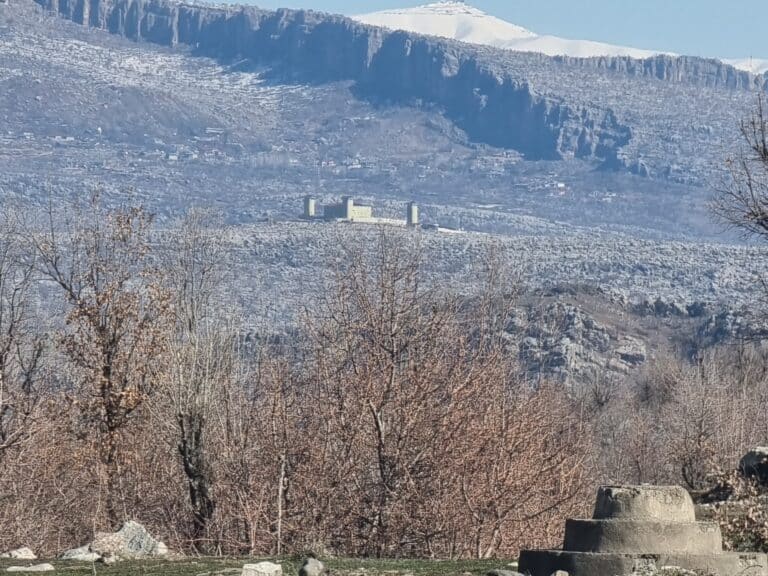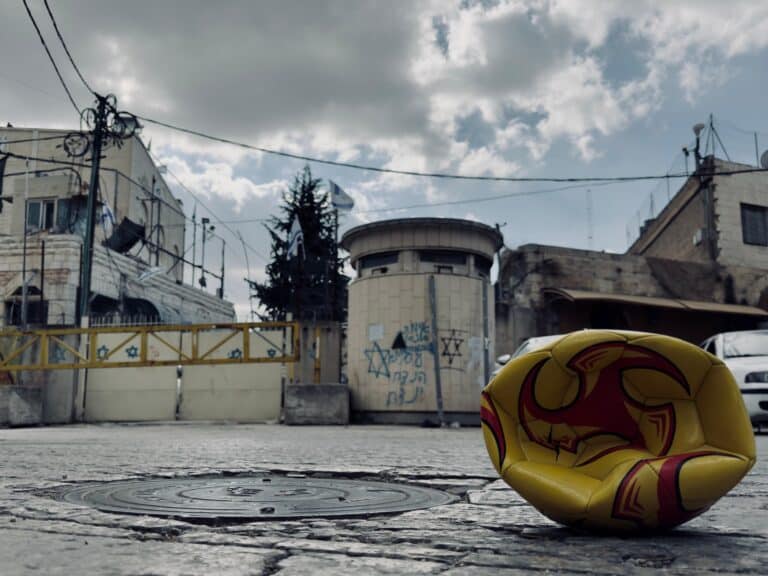It took me years to understand, after moving to Greece, that “racism” is often used as a catch-all for many different forms of personal prejudice. In daily speech, the term refers to all kinds of bias.
In 2019, revisions to the Greek penal code introduced hate crime provisions, defining racist motivation as an aggravating factor warranting harsher sentencing. But can we legislate racism away? Does the narrow process of criminal conviction reduce racism to a matter of individual pathology, obscuring its roots?
The genocide in Gaza has made Greece a new battleground over the very meaning of racism, and who has the power to define it. The Greek government has aligned itself closely with Israel. It has marketed the country as a haven for Israeli tourism. Nationwide, there are reports of Israeli visitors targeting workers in the tourism and service sectors for their stance on Palestine. Many in Greece have been left with a sour taste, unwilling to extend hospitality to those who support or participate in the erasure of Palestine, and rejecting business as usual with a genocidal state.
Over the past ten days, islanders have begun organizing against cruise ships carrying Israeli holidaymakers. Last Tuesday in Syros, 300 people rallied under the banner Stop the Genocide and blocked the docking of the Crown Iris ferry cruiser. A call went out again for the following week, when the ship was scheduled to arrive in Rhodes and Crete – where police met protesters with tear gas and arrests.
The Greek Minister for Citizen Protection announced: “Anyone who attempts to prevent a third-country national from entering the country legally will be prosecuted” under anti-racism laws. “When citizens go down to the port acting like ‘guards’ and in a racist manner urge others not to enter the country, that is unacceptable. This behavior constitutes a racist attack.”
The irony is bitter. There are numerous pending cases at the European courts charging Greece with doing exactly that: violently preventing the arrival of people from the Middle East and Africa. On the same day the Crown Iris docked in Syros, five Palestinian refugees were forced out of an abandoned building in Crete by a man with a gun. When self-appointed “guards” act as extensions of border control, it is rarely called racism – or treated as a crime.
Around the world, anti-racism legislation is used to suppress those who protest its ultimate expression: genocide. Our governments define legitimate and illegitimate victims, legitimate and illegitimate perpetrators. Rarely is the evidence against a “legitimate” perpetrator enough to prove that they acted out of racial hatred, since that hatred is mirrored – motivated, even – by their government, and often shared by judge and jury.
Only by unearthing the distinction – between whose action puts them in court, and whose is encouraged – can we dismantle the moral cover it provides.




